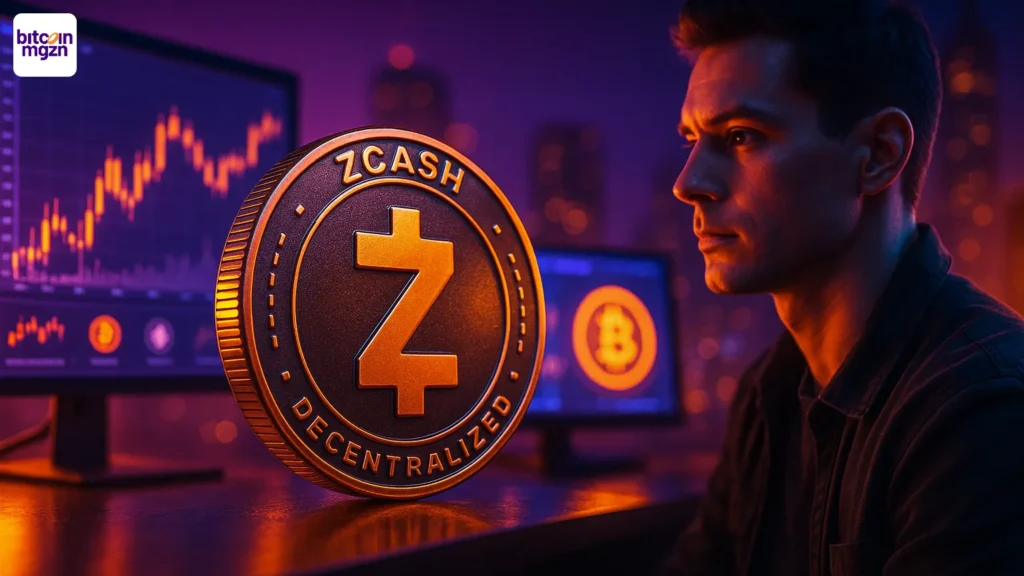Washington Considers Adjusting AI Chip Curbs Amid Trade Talks
TLDRs;
- US reviews easing Nvidia H200 chip restrictions to China amid trade discussions.
- Policy shift could allow chips significantly stronger than currently permitted H20 exports.
- HBM3e and CoWoS supply constraints may shape winners in AI chip race.
- AI data center growth accelerates, pushing demand for advanced high-bandwidth memory.
The United States government is reportedly considering a significant adjustment to its export rules on advanced AI chips, potentially allowing Nvidia to sell its H200 series to China.
The Commerce Department is reviewing the current restrictions as part of ongoing discussions aimed at easing tensions in the US-China trade and technology relationship.
This potential policy shift follows high-level talks between former President Donald Trump and Chinese leader Xi Jinping, which resulted in a temporary truce in their broader trade and tech dispute. The move reflects Washington’s balancing act between safeguarding national security and supporting the global competitiveness of American semiconductor firms.
US Weighs Relaxing Nvidia H200 Rules
The H200 chip represents a major leap over its predecessor, the H100, with increased high-bandwidth memory (HBM) and faster data processing capabilities.
Currently, Nvidia’s H20 series is the most advanced chip legally allowed for export to China. Any approval for the H200 would mark a significant expansion in China’s access to cutting-edge AI hardware.
Previously, the US imposed strict limits on exports of high-performance GPUs to China due to concerns they could support military and defense applications. The current review signals a possible recalibration of those policies, potentially aligning with proposals like the B30A Blackwell configuration, which could permit chips 12 to 17 times more powerful than the H20 to be exported legally.
Trade Truce Sparks Policy Review
Export control rules hinge on Total Processing Performance (TPP) and performance density thresholds, set by the Bureau of Industry and Security (BIS) in October 2023 and updated in December 2024.
While the H200 exceeds some of these limits, co-packaged HBM chips fall under existing TPP rules rather than standalone HBM density restrictions. This nuance could pave the way for a controlled expansion of exports without breaching current policy frameworks.
Recent approvals of Nvidia Blackwell shipments to Saudi Arabia and the UAE, totaling up to 70,000 units, underscore Washington’s willingness to selectively permit sales of advanced chips to trusted partners while maintaining controls over strategic technologies.
HBM Capacity Could Drive Chip Demand
If H200 exports are approved, the global high-bandwidth memory supply will be critical. Samsung and SK Hynix are racing to reach 150,000 wafer starts per month by the end of 2025, while Micron targets 90,000 by 2026.
Nvidia already consumes over half of current CoWoS (Chip-on-Wafer-on-Substrate) packaging capacity, essential for integrating HBM with GPUs.
Data centers and cloud operators would likely trigger a surge in demand for 12-layer HBM3e stacks, still in the early phases of mainstream production. As yields improve, these chips could fuel next-generation AI workloads worldwide.
Advanced AI Chips and Global Markets
The broader AI infrastructure market is also expanding rapidly. Grid-scale battery storage for data centers is projected to reach 92 GW/240 GWh by 2025, growing 25-33% annually. The combination of higher-performance chips and expanded energy capacity highlights the accelerating pace of AI adoption and the strategic importance of export policies.
A decision by the US to adjust restrictions could reshape global AI competition, influencing everything from chip supply chains to data center investments, while testing Washington’s ability to maintain both technological leadership and national security safeguards.
The post Washington Considers Adjusting AI Chip Curbs Amid Trade Talks appeared first on CoinCentral.
You May Also Like

Ripple advances institutional DeFi with lending and privacy tools

ZCASH analyse – double top wijst op verdere daling!
